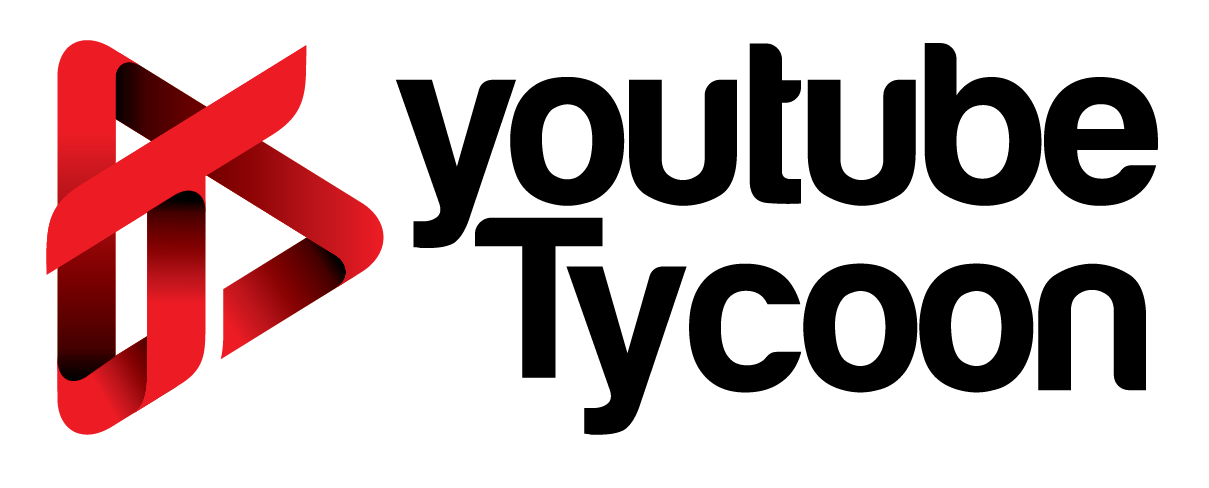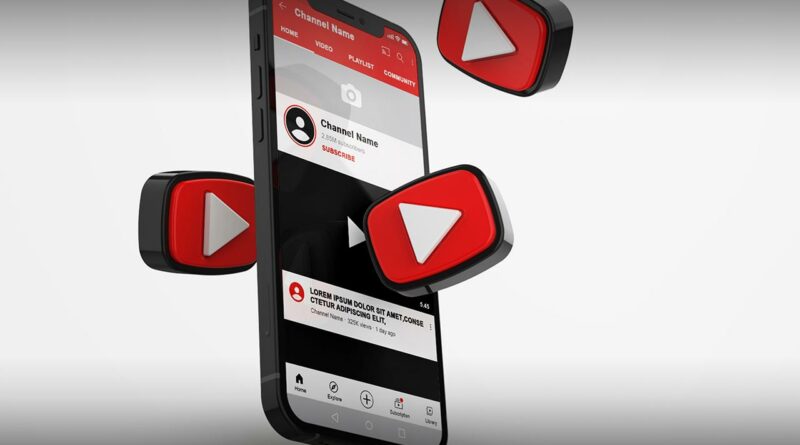How To Find YouTube Channel Keywords & How to Edit Them
According to the experts, there are more than 2 million viewers on YouTube each month because it is not only a platform for social networking, it’s also the second largest search engine available. In 2019, 500 hours of video was uploaded every minute- and chances are that figure has increased since that time.
However, though it’s a popular platform, you don’t want to have the mentality of “if we build it, they will come.” This isn’t necessarily the case. Creators/marketers must assume that the most interesting content will be pushed to the front page. Of course, this isn’t necessarily true either.
The key to getting more views on YouTube is to tag your content with identifying information, keywords, and make it searchable In the catalogue for viewers who are already watching videos similar to yours.
Here are some things to keep in mind.

Keep in Mind, YouTube is a Search Engine
If you think this is the same as the SEO principles that Google uses to rank websites, it’s because it actually is. YouTube is a video search engine. Therefore, you can optimize your videos to perform better by adding keywords to make them easier to search for.
In this article, we’ll explain how you can use tags, catalogues, and recommended videos to help you set up yours for success.
Decide on the audience you want and then work backwards
In order to increase your viewership, you’ll need to start by making your videos easy to find for those who are already interested. That can only be done effectively when you know who they are and why they would want to see what you are posting. From there, you can begin adding relevant tags to your videos.
The benefit to posting on a network such as YouTube is that the audience is already there. You don’t have to build it from scratch. However, due to the amount of content available, the chances of randomly finding your videos is very unlikely. This is why you must use keywords that your audience is likely to search for. You must proactively plan your content, posting around your ideal audience.
YouTube Analytics Explained
Before we take a closer look at keywords, let’s first take a look at the KPIs that are used to measure the success of a video. In layman’s terms, these are the stats on your video that show whether your marketing plan is working or not. These KPIs include:
- Watch time: number of minutes a viewer watches your content
- Retention rate: percentage of viewers that watch a video until the end
- Engagement: action that a viewer takes beyond watching a video
- Thumbnails: the “cover” that appears with the title on the results page/link
- Title Keywords: these tell YouTube what is in your video and guides viewers to your content when they search those words/phrases
- Re-watches: measures the number of times videos/parts of your videos are re-watched
- Demographics: this shows you the type of viewers that are watching: age, gender, geography.
It’s important to have an understanding about what these metrics measure. They are a critical piece of your video rankings on YouTube as well as Google. Therefore, it’s a good idea to utilize best practices to keep these stats up. Below, we’ll explore some of these.
How Does Google Rank YouTube Videos
Your views are not coming only from those who are on YouTube. Google is another major driver to your content. Therefore, Google needs to have an understanding of your video content if you want it included in search results. Following are a few of the ways that Google ranks YouTube content:
- Going through the video and pulling out a preview/thumbnail to show users
- Pulling out meta tags/texts from your description to show them more about your content.
- Analyzing the sitemap/structured data to determine whether the video is relevant
- Extracting audio to discover more keywords
The keywords don’t just come from the text that’s with your video. They can also be pulled from the audio. This is why it’s critical to include the appropriate keywords in your script.

Keyword choice is based on relevance, not volume
When choosing keywords, you should choose the ones that get searched the most to attract viewers. However, there are too many creators on YouTube for you to expect to become viral. Search engines are designed to determine what video is best for a particular viewer. This means relevance is what counts.
It’s rarely effective to simply seek lots of viewers, regardless of who they are. The truth is, most campaigns do better when a smaller group of fans are engaged versus millions of passive ones. If you optimize your content for Google, you’ll likely end up with high volume and low engagement. However, if your goal is to create a meaningful fan base, you must build your content for your viewers, not the search engines- which brings us to the next point.
Identify your audience and their needs
When you are creating YouTube videos, you must have an idea of who it is that you’re trying to reach. This will make the SEO process more specific. Learning who your audience is begins with the reasons for their searches. Some of the common motivations include:
- I want to know….
- I want to do….
- I want to buy….
Once you understand your audience and what drives them, it will be much easier to identify the keywords that will bring them to your videos.
The primary reason to start with your viewers’ intent and work backwards is because you can use the words/phrases used in their searches as your keywords/key phrases.
Use an Autocomplete Tool or Competitor Browsing to Begin Keyword Search
The best way to begin your keyword research is to play around with a keyword tool or the search function on Google or YouTube. By trying out various searches that your audience is likely to, you can get some idea of what your viewers are already searching for, what they are most interested in, and the words/phrases they use when they’re talking about it.
Type a potential keyword into the search box. As you type, the search bar will suggest related searches.

Gauge YouTube Keyword Search Volume
It’s helpful to learn which keywords are searched for the most. You can use the “YouTube Search” option on “Google Trends” to find out which keywords rank higher and which ones rank lower. Of course, you should also be aware that a higher search volume typically equals more competition to rank for a certain word/phrase.
You may also be interested to find out what keywords your competitors are using and compare those to the ones that you have listed. Look at some of the channels that are in your niche with a few thousand subscribers and, using the “Most Popular” option, take some time to go through the content.
Pay attention to the video with the most views and jot down the keywords used on that video. This will indicate what keywords are already saturated and also show any gaps where you have an opportunity to shine with your content.
How to Attach Keywords to Your Videos
Once you have your high-value keywords, you can put them to work in your videos. Following is a list of the places that you can place your keywords when you first post your YouTube video:
- Video file name
- Video title
- Description
- Transcript
- Tags
Get More Traction with Audio Keywords
One exceptional way to include keywords in your video is to speak them. YouTube and Google don’t have to crawl a transcript to understand the information that is being presented- which means that you can use audio keywords.
If you want to keep you retention rate up, you should speak these keywords within the first two sentences on your video.
Bottom Line
When you are finding keywords for your YouTube videos and channel, you must prioritize relevance over volume. There’s no reason to include keywords that have nothing to do with your message. This won’t do you any good. Also, start by considering your ideal viewer and work back.
Search engines have no way to determine what “best” is. It can’t judge a video and doesn’t rank videos as being more/less worthy of being viewed. Only the viewers can make those decisions. Search engines make determinations based on relevance and whether our keywords match up with the keywords the potential viewer is searching for.
The search engine knows if the video was the right one based on what the viewer does next. If they click on it, the search engine knows that the video is relevant. Make sure that you provide plenty of keywords/phrases to Google and YouTube so you’ll be more likely to be found because your video will show up in more searches.
If the viewer interacts with your video after watching, YouTube knows that the video was relevant and returns you in more searches. This whole process is fairly straightforward- there’s nothing magical about it.
Keep in mind that a bit of planning ahead and consistency will help improve your overall performance on YouTube.




